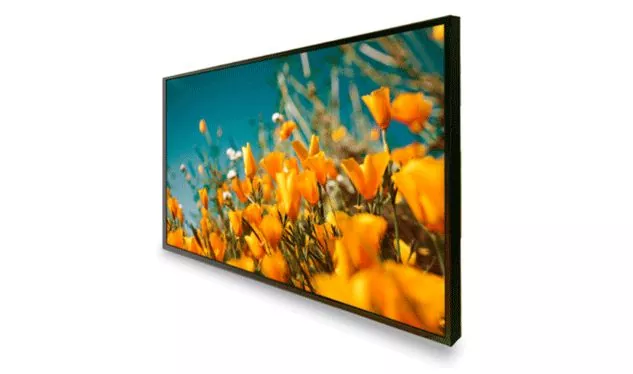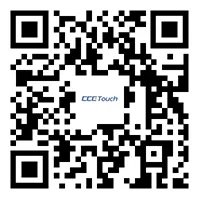Where is high brightness display screen touch mainly used?
2025-07-10
High brightness display touch technology has been deeply integrated into multiple industry scenarios with its clear display and sensitive interactive characteristics under strong light, becoming the core carrier of digital interaction.

Outdoor public facilities: all-weather interactive window
Outdoor scenes are the core position of high brightness display touch. The smart bus stop signs at bus stops use 500-1500 nit touch screens, so passengers can clearly view real-time bus information under the scorching sun and touch to check transfer routes; the self-service payment terminals at highway service areas have a brightness of more than 1000 nits and anti-glare glass to ensure that car owners can quickly complete payment operations under the sun.
The guide screens in scenic spots are a typical application. The 2000 nit high brightness screen can resist direct sunlight. After tourists touch to select attractions, detailed introductions and route maps are immediately presented, and the interactive response speed is as low as 50ms, which enhances the tour experience. Such equipment generally passes IP65 waterproof certification and is stress-free in rainy and snowy weather.
Industrial production scenarios: precise control in complex environments
The control panels of industrial workshops use a large number of high brightness touch screens. In strong light environments such as welding workshops, the 1500 nit screen can clearly display equipment parameters. Workers can adjust welding current, speed and other parameters by touch, and the touch accuracy of ±1mm can avoid misoperation. The monitoring terminal in the high-temperature smelting workshop can operate stably in an environment of -20℃-70℃, and the touch operation is not affected by dust and oil.
The intelligent terminal of the assembly line realizes human-machine collaboration through a high brightness touch screen. Employees touch to confirm production data and retrieve operation guides. The response speed is 3 times faster than that of traditional key panels, and the equipment downtime adjustment time is shortened by 20%.
Commercial retail field: immersive shopping experience
In retail scenarios, high brightness touch screens reshape consumer interaction. The smart shelf labels in supermarkets use 800 nit touch screens, which can still clearly display product prices and ingredients under direct light. Customers can view promotional information and user reviews by touching; the shopping guide screens (brightness 1200 nits) in shopping malls are distributed on each floor. After consumers touch to select a brand, the navigation route is dynamically generated, and they can also make appointments for services directly.
The self-service ordering machines in fast food restaurants rely on this technology. The 1000 nit screen clearly displays the pictures of dishes under the strong light in the store. The touch selection and confirmation process is smooth, and the ordering efficiency is improved by 30%, reducing the waiting time for customers.
In-vehicle and transportation fields: safe interaction on the move
In-vehicle display is an important application scenario for high brightness touch screens. The central control screen of new energy vehicles uses 800-1200 nits of brightness. It can still clearly display the navigation map under direct sunlight. The driver can touch to zoom in and out the route and adjust the air conditioner. The operation response is fast and not dazzling.
The rear entertainment screen of the taxi is also equipped with a high brightness touch function. When riding in the daytime, passengers can touch to select film and television content. The 10-point touch supports multiple people to operate at the same time, and the travel experience is richer. In addition, the self-service ticket machines at high-speed rail stations and the check-in terminals at airports all use high brightness touch screens to ensure that passengers can complete operations efficiently in complex light environments.
With the development of technology, high brightness display screen touch is also expanding in the fields of smart medical care (high brightness touch control panel in the operating room) and agricultural greenhouses (intelligent temperature control terminals under strong light), continuously breaking environmental restrictions and making interaction ubiquitous.




